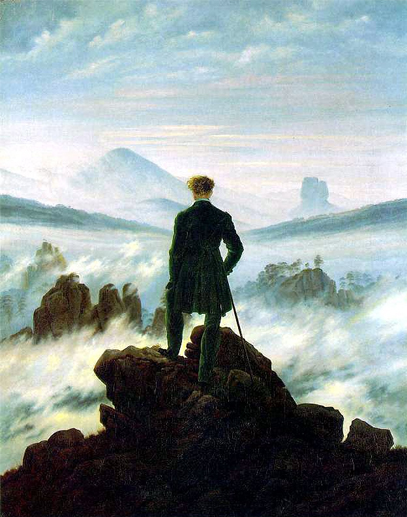The Deutsche Romantik festival has everything: music, art, literature . . . but there's a sinister omission.
How uplifting, how improving, how unimpeachably good for us it has all been made to sound. Deutsche Romantik on the South Bank is ''a major arts festival encompassing music, the visual arts, literature, film and performance, which celebrates one of Europe's great artistic movements and examines its continuing impact on the culture and identity of the German nation today''.
What on earth could possibly be wrong with that? Surely it is the South Bank's purpose to act as torchbearer for the bright flame of human creativity, wherever it has burned; surely, as Lord Weidenfeld suggests in his introduction to the catalogue of ''The Romantic Spirit in German Art 1790-1990'', which opens next week at the Hayward Gallery, this is ''a project that is timely and relevant for all of us who wish to learn more about this interesting chapter in Europe's cultural history''. Surely we should hope, with the South Bank's Chief Executive, Nicholas Snowman, that ''the public will be surprised and startled, as well as entertained, as we enter the forest of German Romanticism''.
But the forest of German Romanticism is much, much darker than anyone at the South Bank Centre seems prepared to concede. All that anodyne, politely liberal language of cultural uplift - that talk of ''interesting chapters in history'', of art's potential to shock (but only mildly), to ''surprise'' or to ''startle'' - seems, in these circumstances, almost comically misplaced. It is the language of concealment. The fact which almost everyone involved with Deutsche Romantik wants to avoid facing is that ''culture'', especially a sense of ''national culture'', can be a dangerous and even an atrocious thing. The most poisonous fruits of German Romanticism - Hitler, Nazism...


